
Any dairy product will curdle under the right conditions. Acidity, sodium and temperature all play a part in causing the casein, or curd, in milk and cream to coagulate -- good if you're making cheese, not good if you're making cream soup. Classically, cream soups use thickened milk, or bechamel, for the base and heavy cream as the finish ingredient, but cream soups also include purees and stock-based soups that use cream as a finishing ingredient. You have to create conditions unfavorable to casein coagulation at critical points during the cooking process to keep cream soup stabilized.
Step 1
Mix a few tablespoons of flour with water to make a paste. Whisk the flour paste into the soup a few minutes before you add the acidic ingredients. Starch bonds with the fat in the soup to stabilize it.
Step 2
Attach a candy thermometer to the pot of soup just before you add the heavy cream. Adjust the temperature on the stove as needed so the temperature of the soup stays between 160 and 170 degrees Fahrenheit. You can also hold a meat thermometer in the center of the soup for about 30 seconds to get a temperature reading.
Step 3
Pour the heavy cream in a saucepan and set the heat to low. Cream soups usually use a 8:1 ratio of soup to heavy cream, but you can add an extra tablespoon or two if you see you need more later.
Step 4
Stir the soup and ladle it into the heavy cream a few tablespoons at a time, stirring frequently, to temper it. Temper a cup or two of soup into the heavy cream.
Step 5
Pour the tempered cream into the soup, a few tablespoons at a time, stirring frequently.
Step 6
Season the cream soup to taste with kosher salt and white pepper. Taste the soup and examine its mouthfeel. Cream soups should feel velvety, not thick and viscous, on the tongue, and silky smooth, not runny.
Step 7
Adjust the seasoning, if needed, and add the finishing ingredients. Common finishing ingredients include small dices of the main ingredient, if garnishing a pureed soup, and freshly chopped herbs.
Related Articles

Crock-Pot Cooking With Condensed Soups
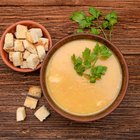
How to Cook Lipton Soup Secrets

How to Cook Yakamein
Calories in Vegetable Beef Soup

How to Thicken Stew With Flour
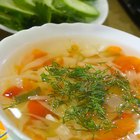
How to Cut the Acidity of Vegetable Soup

Why Do Cream Soups Curdle and Turn Sour?
Easy Black Bean Soup Recipe
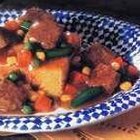
How to Can Homemade Vegetable Beef Soup

How to Make Celery Soup
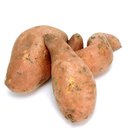
Calories in Sweet Potato Soup
Can I Freeze Split Pea Soup With Ham ...

Can You Thicken Soup With Xanthan Gum?

Can You Substitute Cream of Mushroom ...
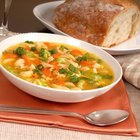
How to Make Chicken Vegetable Soup
Best Crock-Pot Lentil Soup Recipe

How to Make Soup Out of Pulp From ...
Best Crock-Pot Chicken Noodle Soup ...

How to Make Tortilla Soup
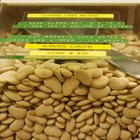
How to: Crock-Pot Lima Bean Soup
References
Tips
- Don't season the soup until you've added the heavy cream.
- Heat cream soups slowly, starting at the lowest setting and stopping when it reaches 180 F.
Warnings
- Never use reduced-fat or skim milk when making a bechamel-based cream soup.
Writer Bio
A.J. Andrews' work has appeared in Food and Wine, Fricote and "BBC Good Food." He lives in Europe where he bakes with wild yeast, milks goats for cheese and prepares for the Court of Master Sommeliers level II exam. Andrews received formal training at Le Cordon Bleu.
Photo Credits
Medioimages/Photodisc/Photodisc/Getty Images